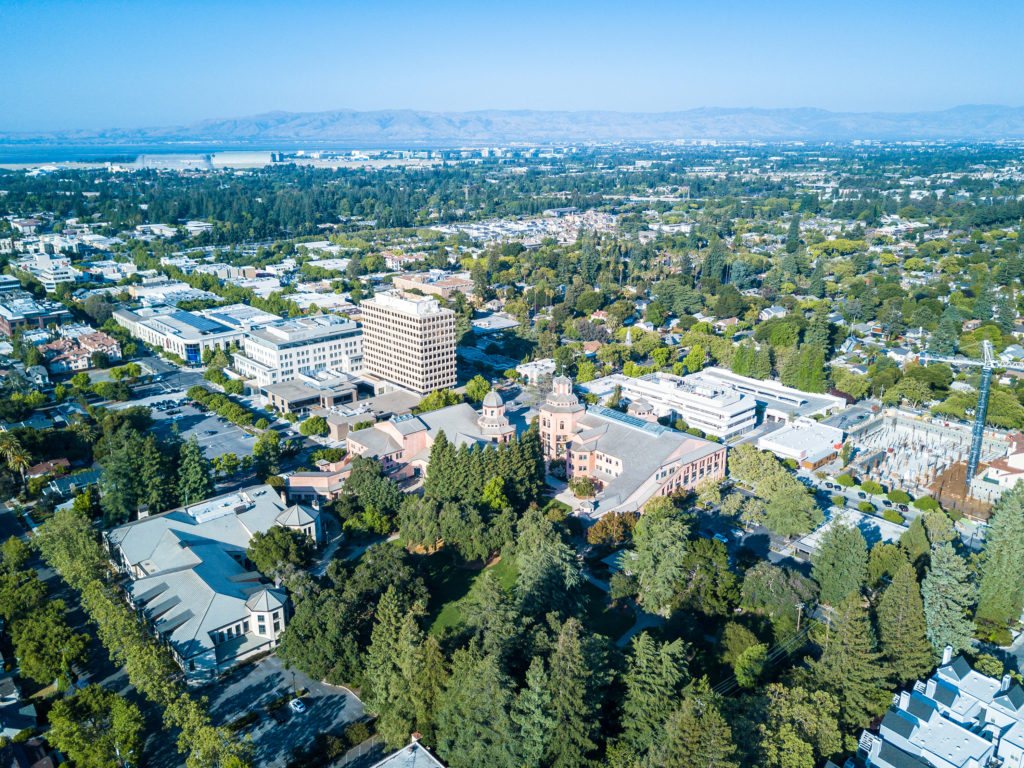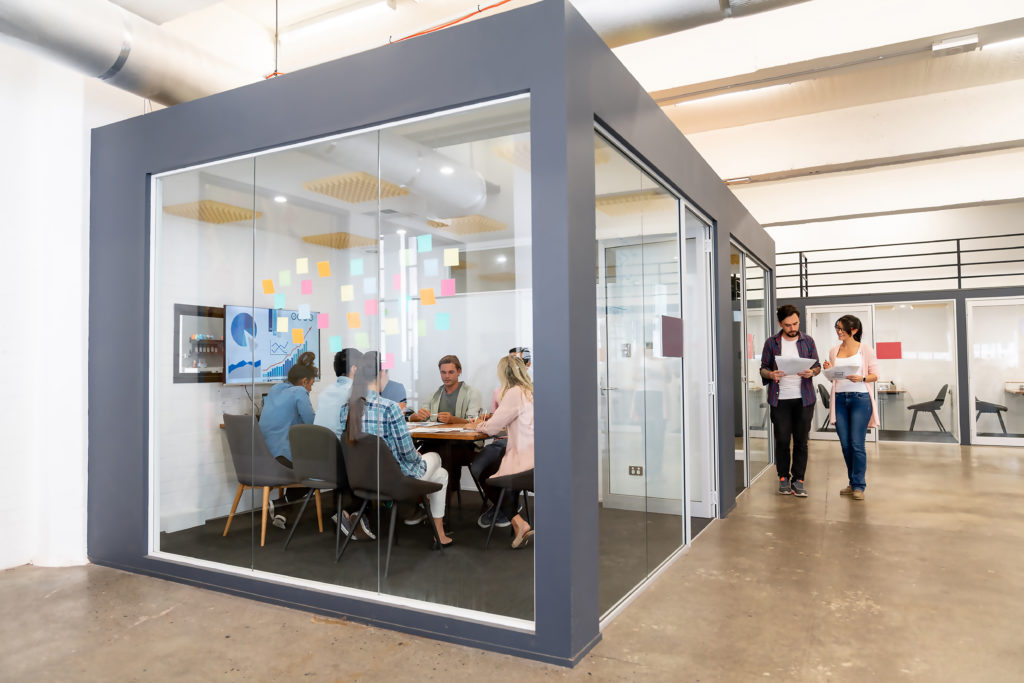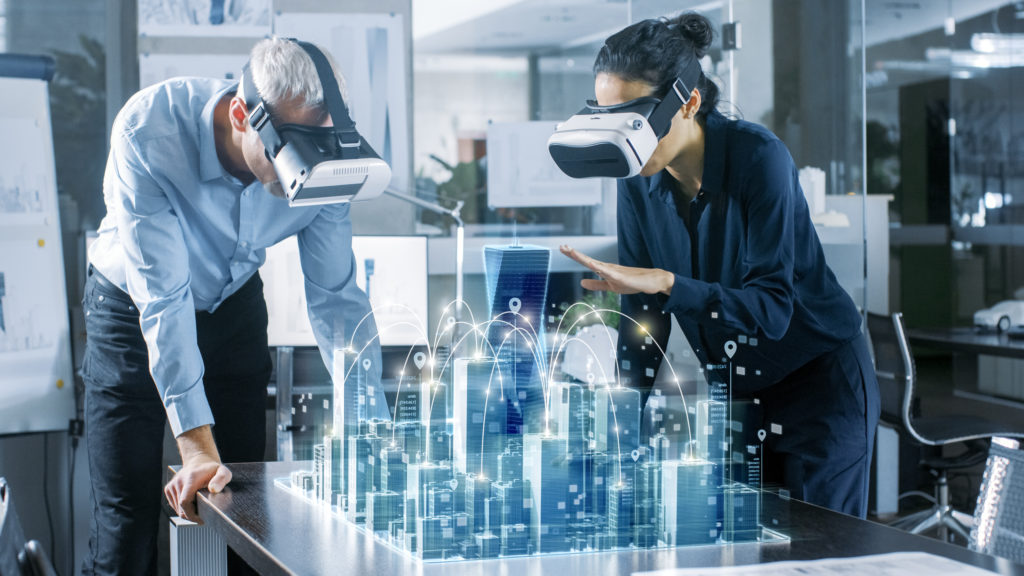Millennials are currently the age group most heavily impacting many industries, including commercial real estate, but Generation Z is hot on their tails. Gen Y, more commonly known as Millenials, are currently between the ages of 23 and 38 and were born between 1981 and 1996. Generation Z is the newest named generation, and are between the ages 3 and 23 years old.
Both generation have grown up with technology in the majority, if not all of their adult lives. America’s younger generations have also been put in an interesting economic situation that has often left them riddled with student debt, and less likely to afford luxuries their parents did. However, that has not stopped either the Millennials or work-aged Gen Z from shaping the commercial real estate industry and impacting it to change in new and exciting ways. How?
Let’s take a look below at a few things you, as an agent need to know about how these generations are shaking things up.
1. Work Style
Millennials and work-aged Gen Z’s are more likely to work remotely than any previous generation. According to a study done by Deloitte, 75% of Millennials want remote work styles to become universally accepted. They feel that if offers more flexibility and boosts productivity. This trend will likely continue into Gen Z when they enter the workforce. This creates changs in the office sector of CRE. Flex space and third spaces will become more important, and creating options for telecommuting will create additional profitability.
2. Technology
Many Millennials can remember a time when technology was not a regular pare to their lives or was very rudimentary — think dial-up, AIM, T9 Texting, MySpace for social media. However, Gen Z has always had advanced technology in their lives. This means that technology will shape the CRE industry moving forward. Connectivity, fast Wi-Fi, smart options, and tech integration will become a necessity in nearly all CRE aspects to make it marketable to both generations.
3. Retail Renovations
It is no secret retail is an ever-changing sector. With the explosion of e-commerce, retail markets will have to focus on evolving to suit the needs of Millennials, but more importantly Gen Z. Gen Z is focusing more on experiences rather than actual buying. Shops like Bonobos that showcase an online stock or renovation of traditional retail stores to offer services is where it’s at. Success will be found in building relationships, brand engagement, and experience-based shopping.
4. Eco-Everything
Another trend that is prevalent to Millennials but poised to be of utmost importance to Gen Z is the ability to be eco-friendly, ethically sourced, and carbon minimal. Marcie Merriman, an expert on anthropology, culture, and brand strategy says that Gen Z will look into granular details like what type of building materials were used, how kindly the workers on the development were treated and more. Additionally, locations for investment or tenants will be chosen based on environmental impacts. This leads to various sectors of CRE including multifamily, office, hotel, and industrial.
Overall, Millennials have mad a major impact in CRE and Gen Z is expected to change the scene even more. The companies, brokers, and individuals who evolve and grow, with these generations, rather than resisting change will be the ones who thrive and continue to profit into the future.











